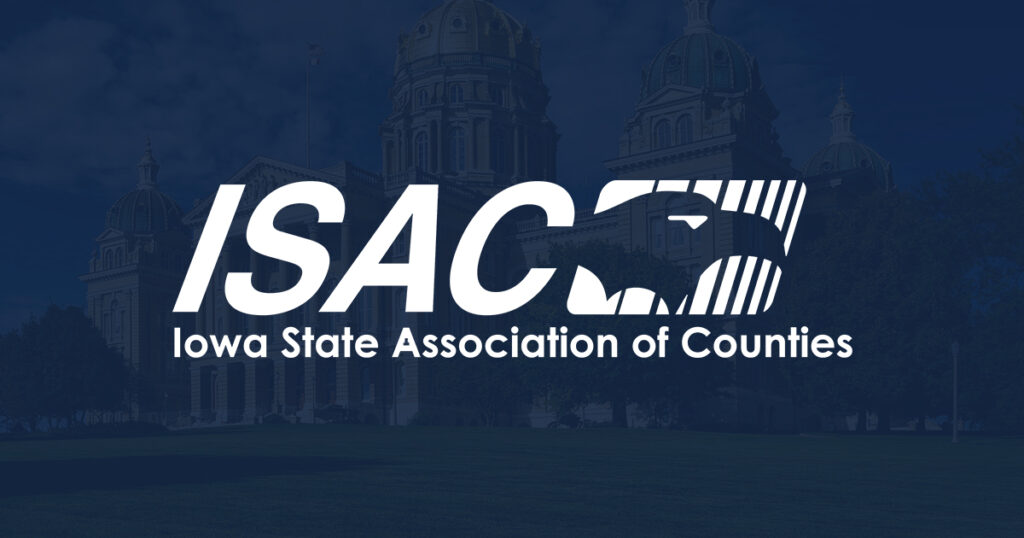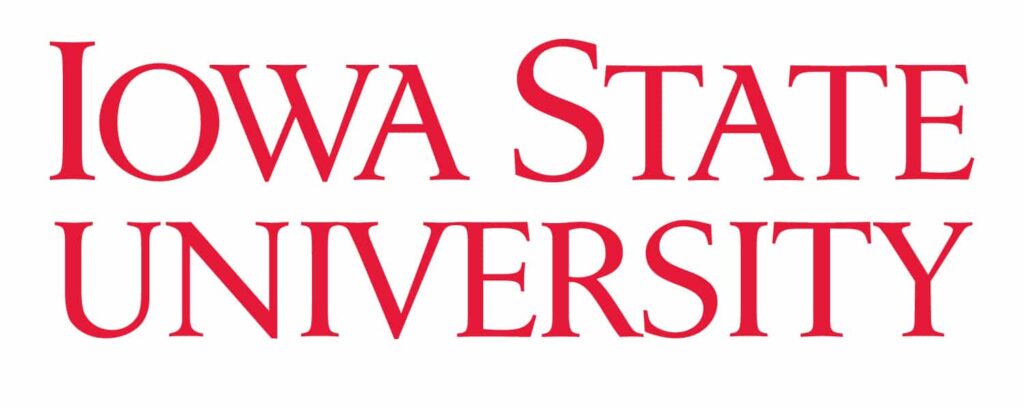Broadband dashboard launches to help providers, governments, find innovative internet solutions

BPC Staff Jan 25, 2022 | 4:33 pm
2 min read time
529 wordsAll Latest News, Government Policy and Law, Innovation and EntrepreneurshipA new tool is now available to help local governments and internet providers better identify levels of broadband service across Central Iowa and address possible coverage solutions.
The Broadband User Dashboard Maps were launched last week. It follows the December release of the results of a broadband survey that showed where gaps in service exist and challenges that exist in eliminating disparities in coverage areas.
The Greater Des Moines Partnership collaborated on the survey with Adair, Dallas, Guthrie, Jasper, Madison, Marion, Marshall, Polk, Poweshiek, Story and Warren counties, Alliant Energy, the Des Moines Area Metropolitan Planning Organization and the Pella Rural Electric Cooperative, all of whom contributed financially to the study.
The dashboard is a series of maps that allow governments and providers to align in new and innovative ways to find solutions that a lack of high-speed internet presents in the region. The maps are also available for public use.
Brian Crowe, executive vice president of economic development at the Partnership, said the dashboards look at everything from gaps in infrastructure, to income levels, to technology solutions and to where federal or state grants could cover specific projects.
“We see them as a site selection tool for providers to look at where the best opportunities for immediate deployment are within the 11 counties and make decisions about where to deploy funding,” he said. “The other side of it is to understand where the extreme gaps are and to help policy makers think about what kind of solutions might there be for somebody who is in a remote area and may not have opportunity for broadband directly, but there may be other solutions that could be applicable.”
The GIS maps are broken down to the Census block level, where users can zoom in and look at different areas.
“I think we’re ahead of the curve on this,” Crowe said. “I think this tool specifically, it’s a differentiator and I hope we continue to see a very robust build out of this because it’s not only important for business and for remote workers, but just as a quality of life, education, health care, all these things that come with great connectivity. I think there’s a lot of things we can’t even predict right now that having this kind of access at a macro level is going to do for our region.”
More than 4,500 residents and businesses participated in the survey, which was launched in March 2021.
The importance of reliable and affordable high-speed internet service rose to the forefront in 2020 as workplaces went remote during the early weeks of the coronavirus pandemic and schools began teaching virtually. From remote work and learning to virtual health care services, it became clear that having reliable internet to meet increasing demand had become critical to the everyday lives of Iowans — a necessary piece of our society’s infrastructure and no longer a luxury.
The Iowa Legislature last year approved $100 million to expand broadband statewide as part of Gov. Kim Reynolds’ proposal to invest $450 million over three years to expand high-speed internet across the state. In October, the state added $200 million from federal COVID-19 relief funds for broadband expansion.









